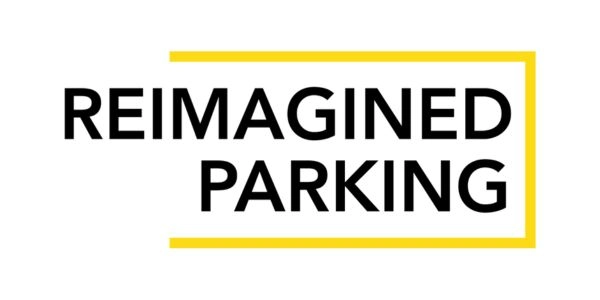
Why Paid Parking is the Key to Smart City Sustainability
Cities across the country are facing a financial crossroads. As federal and state funding sources become increasingly unpredictable, municipalities must find new ways to sustain critical infrastructure, transit, and public services. The solution is locally controlled revenue through paid parking programs. For too long, free parking has been treated as a given, but maintaining parking infrastructure comes at a cost, one that many cities can no longer afford to subsidize. Paid parking isn’t just about generating revenue. It is about building a self-sustaining municipal model that reinvests local dollars into community improvements. Cities that implement structured parking programs see more than just financial benefits. Demand-based pricing improves congestion, increases turnover, and supports local businesses by ensuring parking availability. Additionally, when cities earmark parking revenue for specific programs such as public transportation, road maintenance, or even affordable housing, it builds public trust and shifts the perception that paid parking is merely a cash grab. Of course, transitioning from free to paid parking isn’t without challenges. Public resistance is common, but the key to success is transparency, equity, and reinvestment. When residents see tangible benefits, opposition decreases and cities can build long-term financial stability without relying on unpredictable external funding. With urban populations growing and mobility evolving, cities need to plan for a future where sustainable local revenue streams support their progress. Paid parking isn’t just a tool for managing vehicles. It is a strategy for building resilient, thriving communities. How should cities reinvest parking revenue to create long-term benefits? Let’s discuss. Brooke Krieger is a Regional Sales Director for ParkMobile, LLC. Brooke can be reached at brooke.krieger@parkmobile.io.










